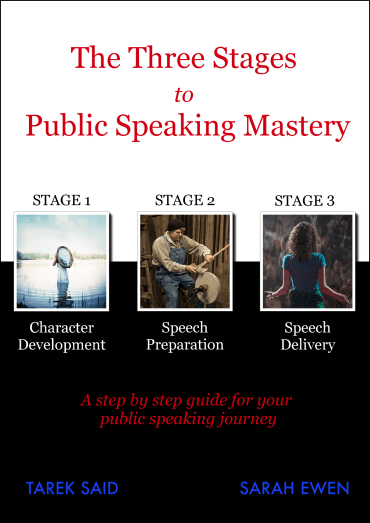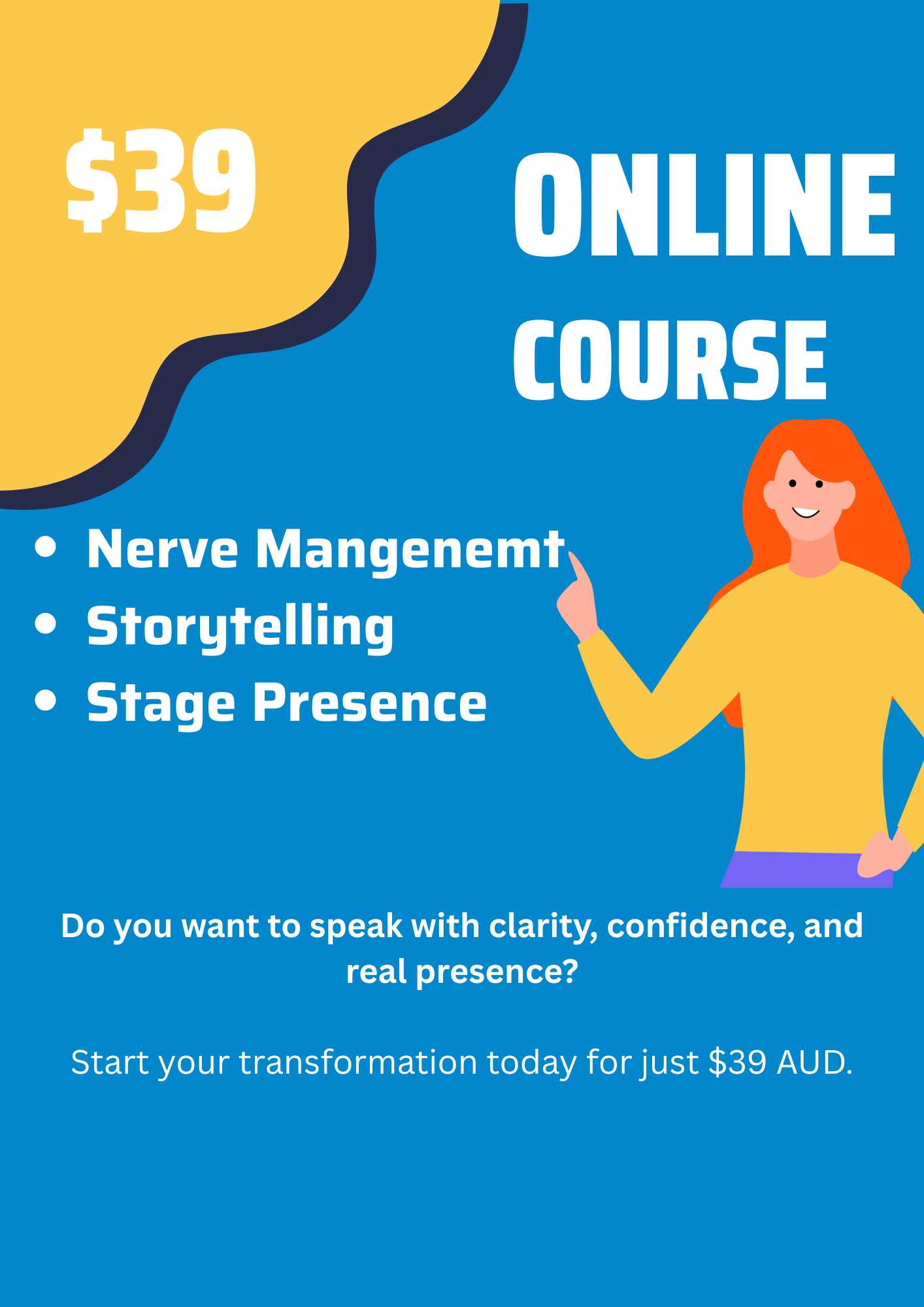7 TIPS TO DEAL WITH EMBARRASSING MISTAKES IN PUBLIC SPEAKING
The Oscars ceremony last night ended up in high drama as the movie “La La Land” was wrongly announced as the winner of Best Picture instead of the actual winner “Moonlight”!
While “La La Land” cast and crew were celebrating, the movie’s producer, Justin Horowitz, interrupted and announced that the wrong envelope had been handed out and “Moonlight” was the actual winner.
“I’m sorry, no, there’s a mistake,” he announced, “Moonlight, you guys won Best Picture. This is not a joke.”
Warren Beatty, the presenter who made the mistake, had to carry the burden of embarrassment and in my opinion he handled it well.
Making mistakes and even anticipating making mistakes is a major source of fear of public speaking and learning how to handle them can help tremendously in overcoming this fear.
Below are seven practical ways I think all of us can use to deal with embarrassing mistakes in public speaking.
Before we dive into these, I just want to stress that not all mistakes are equal, not all mistakes carry the same weight or have the same consequences. It also worth pointing out that sometimes when we think we have made a mistake it is actually not made a mistake at all For example, forgetting some lines of your speech, having difficulty pronouncing a word, or stuttering. These minor blips are very likely to go unnoticed and you don’t have to worry about them.
More serious blunders do need some of your attention and efforts made to put them right.
Forgetting your speech completely, showing an outdated slide that was not meant to form part of your presentation, or pronouncing the wrong winner are mistakes that need a strategy to deal with them.
The following seven ways will help you deal with these kind of mistakes should they ever happen to you.
1. Accept that you have made a mistake
Accepting that you have made a mistake is crucial. If you don’t accept the mistake then nothing else you try to do to rectify it matters. Your smile, your apology, your explanation and even your jokes will all come across as fake and won’t help.
When you accept that you have made a mistake you instantly feel a sense of relief which helps you deal with the situation and ensure you do not create a barrier between you and the audience.
It is important to note that accepting the mistake is not something you say, it is something you feel.
It is the most difficult step, but once you do you will find that everything else will come more easily and naturally to you.
2. Take responsibility
Nothing is worse than blaming others when mistakes happen. It undermines your credibility instantly.
When you deliver a speech, the audience automatically thinks of you as a leader. If you start blaming others, the image of the leader they have formed about you will be shattered and they will lose trust and respect for you.
In 2015, when Steve Harvey made a mistake and announced Miss Colombia as the winner of Miss Universe instead of Miss Philippines, he took responsibility straight away and said: “I would take responsibility for this, it was my mistake, it was on the card…”
I would like to highlight though that taking responsibility does not mean blaming yourself for things you haven’t done! It means accepting your part that led to the mistake and then working on rectifying it.
For example, suppose that someone added an outdated slide to your presentation. In this instance you don’t want to say: “I am sorry I have added this slide by mistake”. Because you haven’t. Saying so will make you feel a sense of self betrayal.
And you don’t want to say: “It is not my mistake, someone has added this slide to the presentation to embarrass me! I will work on finding out who has done this and say something to them afterwards!” Saying so will show a lack of control.
The best approach is to take responsibility for your part that led to the mistake. In this example, the mistake made was not double checking the slide pack before submission . You can say:
“I am not sure how this slide has ended up in my presentation. It might be a prank by someone. I should have double checked the slides before submitting them. I am sorry if this has caused confusion and I am happy to discuss the matter after the presentation.”
3. Smile
Smiling indicates a sense of comfort which helps ease the tension.
It also shows that you have accepted the mistake. Which as already mentioned helps to ensure you do not create a barrier between you and the the audience.
However, it is important to realise the difference between a genuine smile and a nervous one.
A genuine smile comes from a comfortable place within you and can only be realised when we accept the mistake.
A nervous smile is forced and is one that is a result of uncertainty or when we try to suppress our anger and frustration.
The audience can tell the difference between the two. Therefore, work on accepting the mistake then smile. The result is a warm, genuine smile with a sense of both vulnerability and confidence.
4. Apologise
An apology encourages the audience to take your side instead of being against you.
The audience understands that mistakes happen and they forgive them especially when they can feel that you have realised them yourself.
However, if you refuse to apologise, or pretend that nothing has happened, the audience may feel upset and won’t support you.
Many people find apologising very difficult. They feel that by apologising they become weak, their ego gets bruised and they fear that they give others ammunition to use it against them.
But apologising need not come from a place of weakness. When we accept our mistake and take responsibility for anything that results from it, we find that we don’t fear having to apologise anymore. We know that we would be able to handle the situation regardless of what others think.
A sincere apology is the surest way to get the audience on your side.
5. Make a joke about it
A light hearted joke can diffuse the situation and can actually turn the mistake into something positive. In many cases it will be the thing that people remember the most. They would say: “John really handled the situation very well.” Or “Emma has a very good sense of humour”…
It is important to note that sometimes a joke is not the best approach in dealing with mistakes. Work on reading the situation and responding accordingly. Again, accepting the mistake is the best way to help us read the situation correctly.
6. Explain what happened
When a mistake occurs many people like to be given enough details to not only know what happened but understand why it happened. Being able to provide a brief explanation is often all it takes to ensure the audience is on your side.
It is vital to understand there is a difference between explaining what happened and giving excuses.
Explaining what happened is explaining what caused the mistake and what you can do about it.
Examples of explaining the situation:
“My presentation slides were mixed up with my daughter’s school presentation, I think she is facing a bigger embarrassment right now.”
Giving excuses is when you try to escape responsibility.
Examples of giving excuses:
“I have had too much on my plate lately and I can’t focus.”
“I am a nervous speaker and I didn’t want to do this presentation in the first place.”
7. Avoid sympathy fishing tactics
An immature way to deal with a mistake is to show excessive helplessness and vulnerability in hope of getting the audience to feel sorry for you.
Phrases like: “omg, I ruined everything” or “ I am such a loser, I never get anything right”, etc. Phrases of this nature clearly indicate that the speaker is looking for sympathy from the audience. While the audience may feel sorry for the speaker, they may also feel they have lost respect and trust for you.
Remember, as a speaker the audience automatically thinks of you as a leader. Sympathy fishing tactics is a sure way to tarnish this image.
Conclusion
The most important step in dealing with mistakes is accepting them. Only when we accept our mistakes can we ensure the audience stays on our side. We can do so through taking responsibility, having a genuine smile, sincerely apologising, making a light joke about it, explaining what happened and avoiding sympathy fishing tactics.


